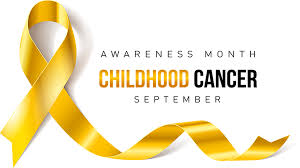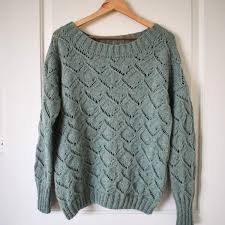
As anyone with siblings could tell you, it can be tough sharing a house with another growing human being. Fighting over toys, clothes, food, attention and everything else in between, siblings often grow up at each other’s throats. Yet, as anyone with siblings would also tell you, despite this petty bickering and hormonal arguments, the bond between siblings is one of the strongest in our modern world. Especially when those bickering siblings become adults.
This complex relationship is at the center of Coco Mellors’ newest novel, The Blue Sisters.
The book follows three sisters, Avery, Bonnie and Lucky Blue, a year after they lost their other sister, Nicky. Based heavily on Little Women by Louisa May Alcott, the book touches on the themes of addiction, especially as a genetic and familial issue, grief, generational trauma, marriage and love, mental health, and, of course, the bond between sisters.
Each of the four sisters are vastly different from each other, and after Nicky dies, Avery, Bonnie and Lucky have their lives drastically altered, the effects of which we see as soon as we turn the first page. One of my favorite things about this book is how the storyline progresses: we first see what the three sisters’ lives are like in the present day, and as you go through the story, it slowly reveals the cause behind their current lifestyles.
I also really enjoyed how Mellors wrote the people in this story and their relationships with each other to be as they would in real life, instead of glossing over their imperfections. The women in this story are imperfect and are often terrible people, which, ironically, I found very refreshing.
I think too often in the media, artists feel pressured to make all female characters super girlbosses who can do no wrong, even sometimes objectifying women in the process. The first example that comes to mind when I think of this are the classic female superheroes and the clothes they wear, which create a stereotype for what a woman should be.
It’s important that we remember that women are humans too who live for themselves and make mistakes. The relationships between the sisters in the novel are very realistic, including the fights that they have amongst themselves. I thought the dynamic and the marriage between Avery and her wife Chiti was also very interesting, especially because you can tell these people love each other very much, but are struggling with what they want out of their relationship.
However, I will warn readers that are interested in reading this book, that this story can be very overwhelming, and touches on very sensitive topics, including mental health issues, addiction, adultery, grief and trauma, so be sure to read at your own discretion. Although there are more sensitive parts to the novel, the most rewarding part of this book is witnessing the way the sisters learn to lean on each other through all of these issues, which reminds us that regardless of what we struggle with, the siblings in our lives, biological or not, can help us through those struggles and forge a stronger familial bond in the process.




